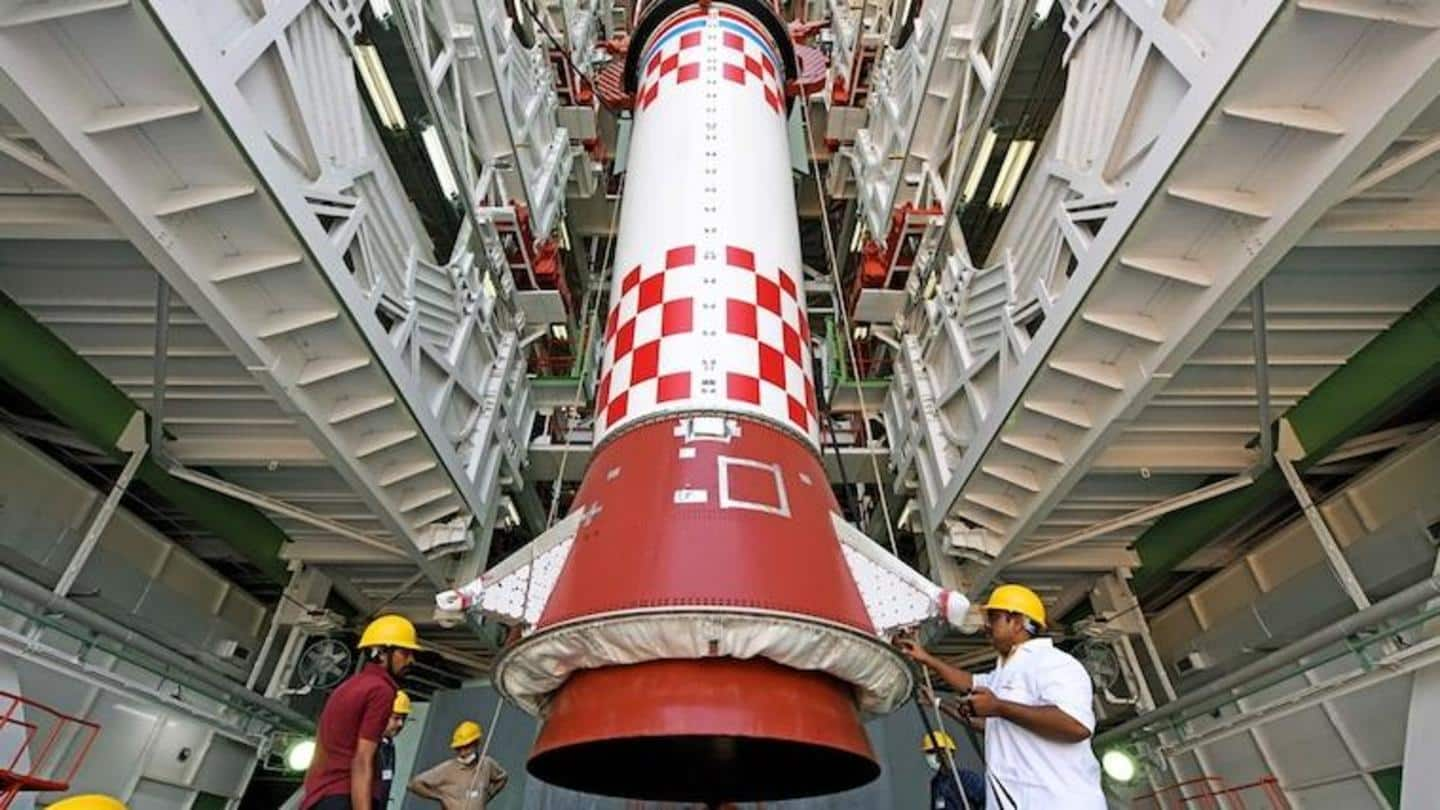
ISRO to launch AzadiSAT satellite built by 750 school girls
What's the story
To mark India's historic 75th year of independence, the Indian Space Research Organisation (ISRO) will launch a satellite dubbed 'AzadiSAT' developed by 750 girl students from 75 schools across India.
The project is part of the Azadi Ka Amrit Mahotsav celebrations. The satellite will be launched using the Small Satellite Launch Vehicle (SSLV) on its maiden mission on August 7.
Context
Why does this story matter?
The AzadiSat, apart from celebrating India's 75th year of Independence, is a symbol of women's empowerment.
The best empowerment is the kind that starts at the base. A project like this sows the seed of scientific temper in the minds of young students, especially girls.
This kind of a strong base is essential for the country's growth and success.
Satellite
The satellite will have a selfie camera
The AzadiSAT will be launched from the Satish Dhawan Space Centre in Sriharikota at 9:18am on Sunday. The satellite weighs 8kg and will have 75 payloads weighing 50g each.
The satellite will conduct femto-experiments. It has a UHF-VHF Transponder fin ham radio frequency, a selfie camera, a solid-state PIN diode-based radiation counter, and a long-range transponder.
Purpose
Ground system created by Space Kidz will be used
The UHF-VHF Transponder of AzadiSAT will be used to enable voice and data transmission for amateur radio operators. The radiation counter will measure the ionizing radiation in its orbit, while the selfie camera will click pictures of the satellite's solar panels.
A ground system created by Space Kidz India will be used by ISRO for telemetry and to communicate with the payloads.
Quote
The mission will promote women in STEM: Space Kidz India
"This is the first of its kind space mission with an all-women concept to promote women in STEM (science, technology, engineering, and mathematics) as this year's UN theme is 'Women in Space,' said Rifath Sharook, Chief Technology Officer of Space Kidz India.
Launch vehicle
The SSLV can carry 500kg of payloads
The AzadiSAT will be launched alongside the 145kg Earth Observation 2 satellite by the Small Satellite Launch Vehicle (SSLV) on its maiden trip. The SSLV is expected to become ISRO's go-to option for small payloads.
It is designed to carry 500kg of payload to a 500km planar orbit. It measures 34m, which is 10m less than the Polar Satellite Launch Vehicle (PSLV).
Information
The launch vehicle will be low cost and more feasible
The SSLV is a three-stage vehicle with 100% solid propulsion. It will place satellites into designated orbits using a liquid propulsion-based Velocity Trimming Module. It will be low-cost and will have a faster turnaround time. It won't require elaborate launching infrastructure, either.